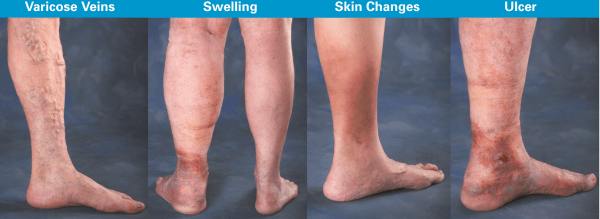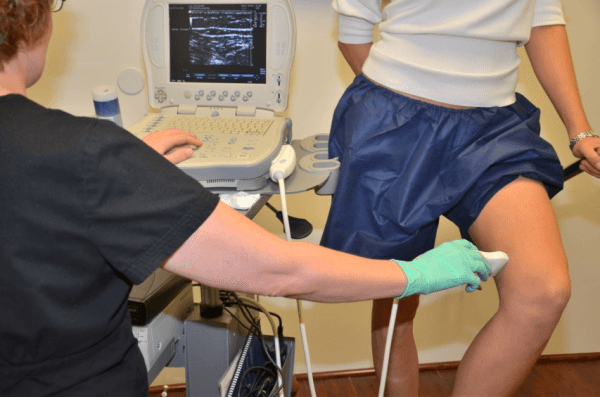
Vein Disorder Causes
Genetics is one of the single most causes of venous disease; however other factors can influence vein disease including pregnancy (especially multiple pregnancies), increasing age, obesity, lack of exercise, and jobs requiring long periods of standing.
Vein disease is caused when the walls of the veins become weak or damaged. In a healthy individual, veins have one-way valves that work within the circulatory system to pump blood back up to the heart.


Signs And Symptoms Of Vein Disorders
Some common symptoms of Venous disorders are, throbbing leg pain, leg heaviness & fatigue, itching, burning, restless leg syndrome, night cramps, edema, skin changes (stasis dermatitis), paresthesias, and skin ulcers. After treatment, patients are often surprised to realize how much discomfort they had accepted as normal.
Pain caused by venous insufficiency is often improved by walking or by elevating the legs. On the other hand, the pain of arterial insufficiency is worse with ambulation and elevation. Pain and other symptoms of venous disease may worsen with the menstrual cycle, pregnancy, and in response to exogenous hormonal therapy (ex. Oral Contraceptives and Hormone Replacement Therapy).
We are providers for Medicare, Tri Care and most PPO insurances, including Blue Cross, Blue Shield, Aetna, Cigna, and United Health Care.


